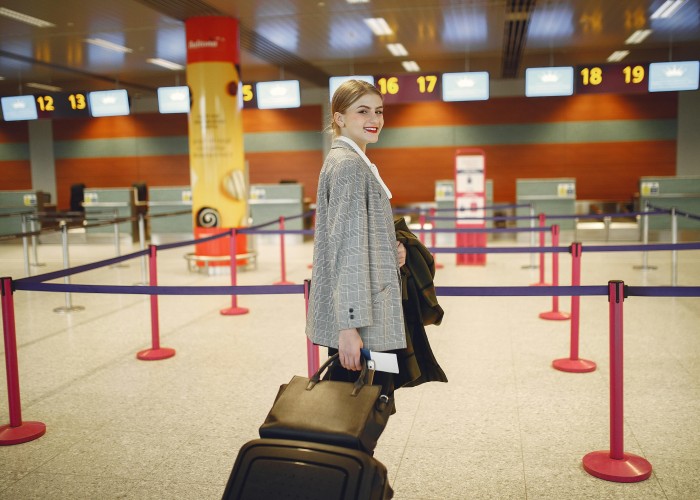Alpine hiking isn’t just about spectacular peaks and mountain air—it’s about traversing borders during a single journey, discovering different cultures, cuisines, and landscapes. If you’ve ever dreamed of weaving through the Alps across two or more countries, this guide will help you plan a seamless and unforgettable multi‑country hiking adventure. How to Plan a Multi‑Country Alpine Hiking Trip.
Whether you call it a switzerland tour package, europe tour packages from switzerland, or simply an independent trekking plan, there’s magic in waking up in Switzerland, hiking through Italy one day, and ending next in France. Though this blog doesn’t sell holiday packages, it’s crafted to spark ideas for creative itineraries. Explore more travel insights on the blog, learn more about the site here, or begin your journey at the main site switzerlandtourpackage.com.
Let’s get those hiking boots ready and start trekking across borders.
Why Choose a Multi‑Country Alpine Hike?
The Alps span eight countries—Switzerland, France, Italy, Austria, Germany, Slovenia, Liechtenstein, and Monaco. Hiking across borders reveals:
- Varying terrain—from Swiss precision and French wildness to Italian charm
- Different architectural styles, foods, and languages
- A unique timeline of landscapes and human history
If you’re designing a switzerland land tour package, adding neighboring countries elevates it from a trip to a rich travel tapestry.
Top Multi‑Country Routes to Consider
Tour du Mont Blanc (France–Italy–Switzerland)
One of the most famous long-distance hikes in Europe, looping Mont Blanc and crossing three countries. Typical length: 170 km, hut‑to‑hut style.
Haute Route (Chamonix–Zermatt)
This high‑level walk links France and Switzerland. The “Walker’s Haute Route” avoids technical sections but still packs alpine drama over roughly 180 km in around 12 days.
Via Alpina (pan‑Alpine network)
A vast trail system spanning all eight Alpine countries. The actual “Alpine Pass Route” segment in Switzerland crosses from Sargans to Montreux—over 325 km across 16 mountain passes.
Grande Traversata delle Alpi (Italy)
Extensive traverses through the Pennine Alps into the Italian Alps. Offers less touristy routes and varied terrain.
E5 Trail (Germany–Austria–Italy)
Eurohike’s E5 crossing takes between Oberstdorf in Germany through Austria into Meran, Italy—featuring waterfalls, glacier panoramas, and cross‑cultural endurance.
Planning Your Route Step by Step
- Choose Your Core Route
Do you want a loop like Tour du Mont Blanc or a linear trail like Haute Route? Consider the distance, difficulty, and scenery. - Break It Into Stages
Many of these trails offer stages that fit into 7–12 day itineraries—perfect for combining with a swiss europe tour. - Consider Hut‑To‑Hut Logistics
Known as refuge or rifugio trekking, this allows you to carry minimal gear and rely on mountain inns for lodging and meals. Very common on Tour du Mont Blanc and Haute Route. - Transport & Trail Access
Train and bus services in Austria, France, Switzerland, and Italy are excellent. Trains with discounts like Switzerland’s Supersaver and Austria’s Sparpreise help manage the trip to switzerland cost efficiently - Book Accommodations Smartly
Mountain huts fill up fast, especially mid‑June to mid‑September. Book your stays 3–6 months ahead. Clubs like SAC, ÖAV, or CAI offer member discounts - Gear Essentials
Bring quality boots, layered clothing, rain protection, trekking poles, headlamp, navigation tools, and hiking‑specific backpack (35–60 L). - Safety and Navigation
Use topographic maps (1:25 000), mark checkpoints, and carry backups even if using GPS. Be mindful of switching weather; plan escape routes. - Best Time to Go
Summer (June to August) provides most stable trail access. Shoulder seasons like late spring or early autumn offer favorable weather and fewer crowds, plus stunning colors.
Sample Itinerary: Crossing Three Countries
Here is how a 10‑day trek might unfold:
Days 1–3: Chamonix to Courmayeur (France to Italy)
Start in France, hike through Plan de l’Aiguille, cross Col de la Seigne, and descend toward Courmayeur. Mix of glacier views and Italian hospitality.
Days 4–6: Italy to Switzerland
Cross the Grand Col Ferret into Switzerland. Stay in alpine huts, taste local cuisine, and hike toward Champex or La Fouly.
Days 7–9: Swiss Finale
Continue on to Trient and finish in Martigny or Montreux. Train back to Switzerland, or loop back by public transport.
This forms a memorable switzerland europe tour that balances hiking with culture. How to Plan a Multi‑Country Alpine Hiking Trip.
Tips from Fellow Hikers
From a Reddit conversation:
“The best month for hiking in the Alps is September… warm, fewer crowds, less risky conditions.”
“If you plan more than four stays in alpine huts, get a DAV membership—savings on lodging and emergency rescue.”
Transport and Logistics
- Rail Passes: Swiss Travel Pass, Eurail and Interrail work well across borders.
- Mountain Transport: Use cable cars, cogwheel trains, and funiculars to shorten long ascents or maximize scenic time.
- Medical Insurance & Hut Rescue: Especially important for cross-border rescues—cover this in your planning.
Final Advice for Your Adventure
- Pack light but smart—camping is often restricted in Alpine parks, so rely on huts.
- Learn basic phrases in French, Italian, or German depending on region.
- Pace yourself. These trails have varied terrain—enjoy the alpine meadows just as much as the peaks.
- Aim for flexibility—weather, trail closures, and personal energy levels may shift plans.
Wrapping Up
Planning a multi‑country Alpine hiking trip is an invitation to step into layers of landscapes, legends, and hospitality. Whether your vision includes a classic trek like Tour du Mont Blanc, a high pass odyssey like Haute Route, or a sweeping cross‑Alps journey via Via Alpina, disciplined planning adds rich rewards. How to Plan a Multi‑Country Alpine Hiking Trip.






Leave a Reply